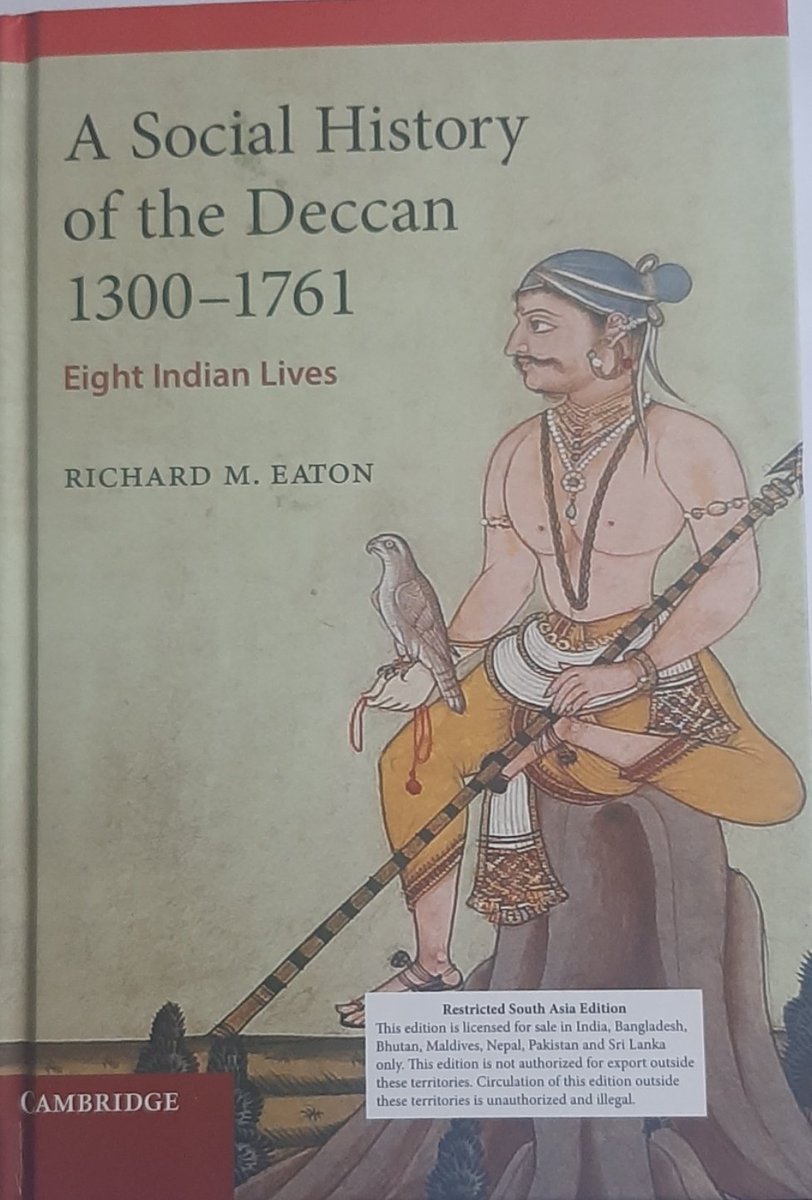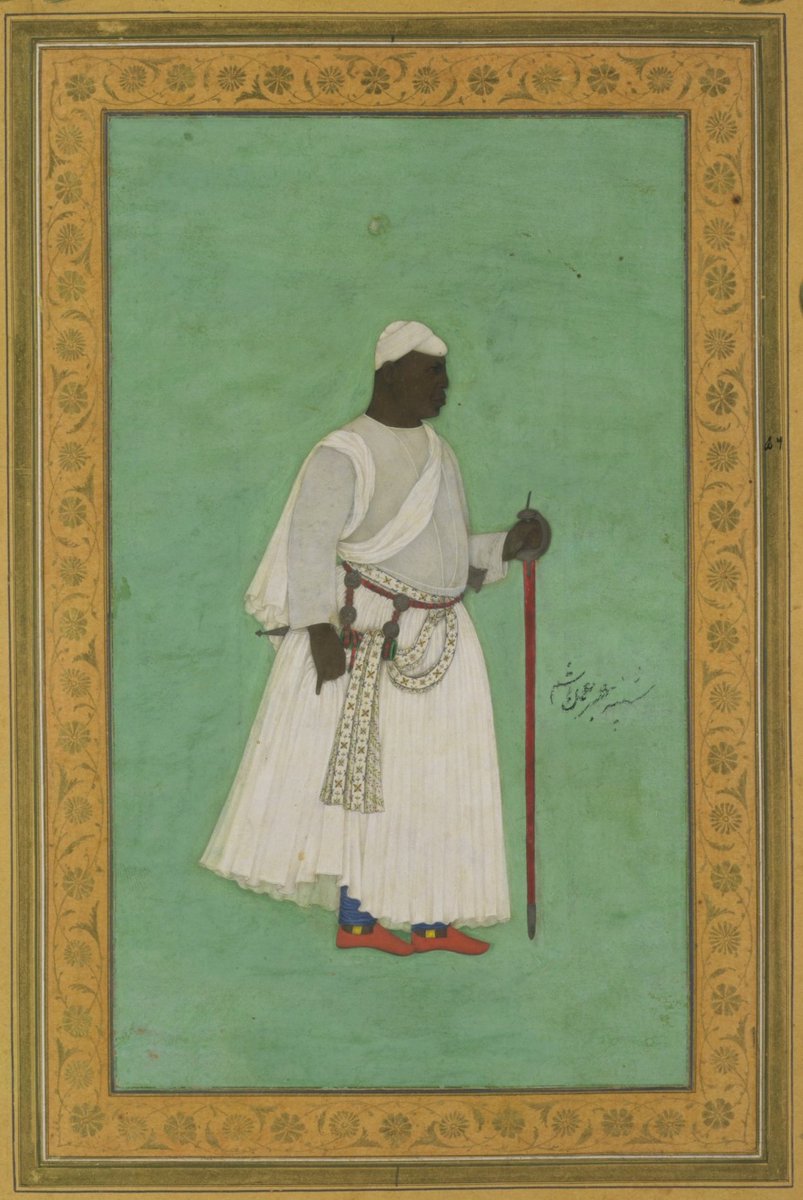Many people have been asking me to suggest books on history of South Asia under #Muslim rule. While there are many authors whose books can be suggested, here is a list of books by Richard M Eaton. His India in the Persianate Age is a must if you want to study late medieval period 

Richard Eaton's 'A Social History of the Deccan 1300 - 1761 (Eight Inddian Lives) is another must read if you were interested in the social History of Deccan that was largely ruled by different Muslim dynasties. From Gesu Daraz to Tuka Ram, it is a fascinating book. 

Eaton's 'Power, Memory, Architecture: Contested Sites on India's Deccan Plateau' is a must if you wanted to know power dynamics outside big power centers. It examines political histories and material culture of smaller, fortified strongholds both on the plains and atop hills 

Eaton is 'Essays on Islam and Indian History' studies historiography n Indo-Islamic civilization. The former deals with how historians structure and answer the questions they choose to ask of the past, the latter covers case studies of particular historical communities in India. 

India's Islamic Traditions 711-1750: Themes in Indian History is another masterpiece by Eaton. For 1000 years before the advent of British power, a great variety of Islamic traditions appeared in India-letters and conversations of Sufis, vernacular epics, visual arts, tafsir etc. 

The Rise of Islam & the Bengal Frontier 1204–1760 is another great work by Eaton. Bengal was the region most receptive to Islamic faith. This area today is home to the world's second-largest Muslim ethnic population. How and why did such a large Muslim population emerge there? 

• • •
Missing some Tweet in this thread? You can try to
force a refresh




















